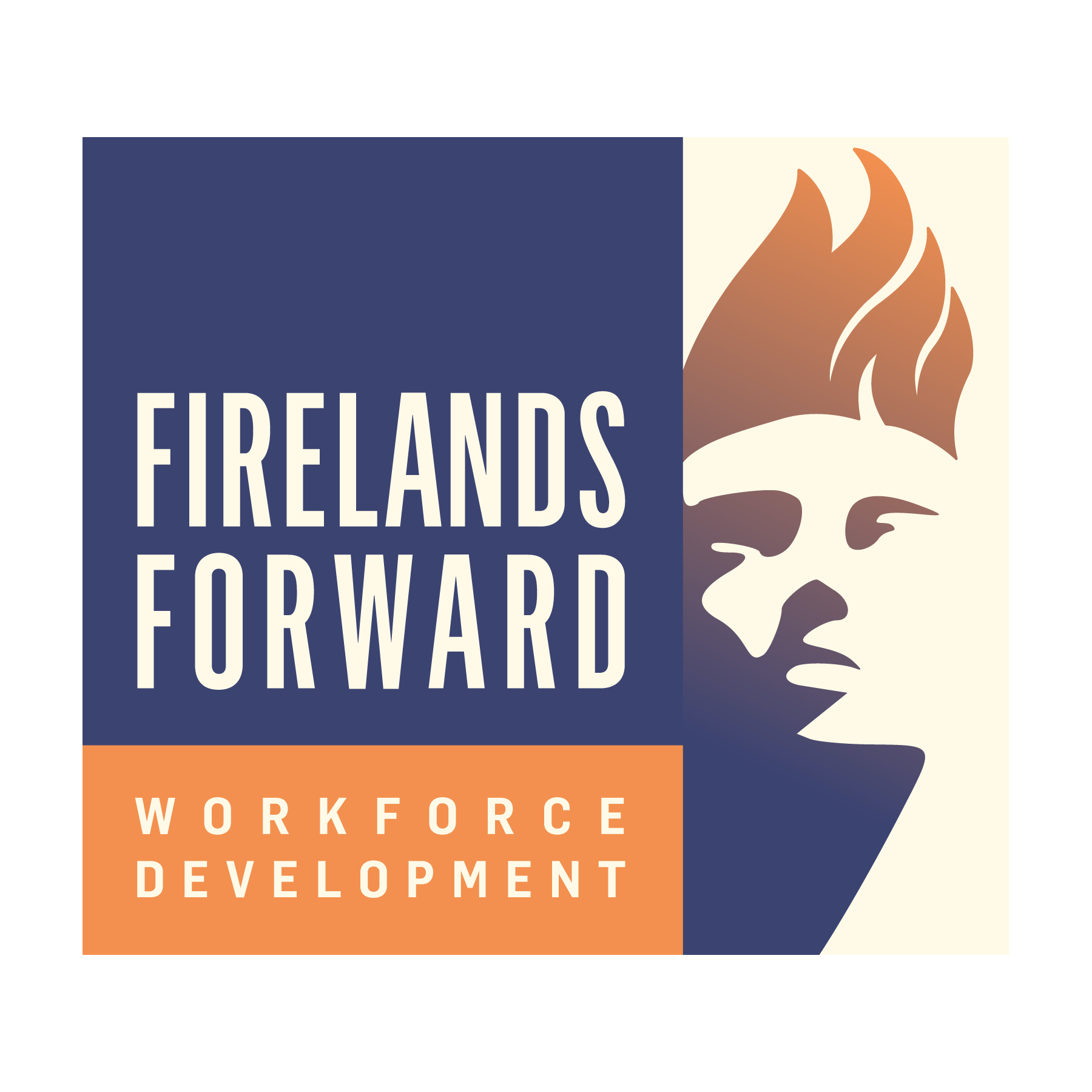Firelands Forward, in partnership with many community partners, has commissioned a regional housing study in order to better understand the housing landscape in the Firelands. Now in its third year of operation, Firelands Forward is a regional workforce development collaborative dedicated to connecting, retaining and attracting the workforce to the Firelands Region of Huron, Erie and Ottawa counties.
Median home prices have risen by about 35 percent year over year in Huron and Ottawa counties and by more than 60 percent in Erie County. The median price in Erie County is $293,500 this year, according to Redfin’s MLS and public record calculations. Noting the median income wage-earner’s income in that county is $33,600, White said: “This is simply unaffordable.”
“There are many reasons for the atypical price inflation in the region’s housing market, including national housing inflation due to a shrinking inventory, outside investment in short term rentals within the Firelands region, and an aging housing inventory that needs investment,” White said. “However, in order to attract developers and inform legislative reform, we need to understand the housing landscape from a data viewpoint.”
Long-term rental rates correlate with rising purchase prices. In 2021, the fair market rental rates increased by an average of 8.6 percent in the Firelands region, according to rentdata.org. In addition, U.S. Department of Housing and Urban Development data reveals only 38.7 percent of Emergency Housing Vouchers have been utilized in Ohio.
“This low utilization rate is almost entirely caused by a lack of inventory. This means that the 8.6 percent increase in rental rates is being passed on to the consumer for 61.3 percent of the eligible population for HUD vouchers — our communities’ lowest wage earners,” White said. “In addition, because rental rates are increasing faster than wages, individuals who do utilize subsidies find it harder to overcome the need to rely on these benefits and become subsidy independent.” White said this affects the labor force in several ways. “There is a substantial benefits cliff in relation to housing subsidies. This means that a better paying job could result in a substantial net loss of income. Unfortunately, Ohio does not have a step-down system for most subsidies, meaning an individual could go from paying a $100 monthly rent copay to paying $1,000 per month if they earn as low as a $1 an hour raise,” White said.
“In most instances, Ohioans must earn less than 50 percent of the regional median income in order to qualify for subsidized housing. In the Firelands region, this equates to $15,645 per earner or $29,204 per household. Availability in housing across markets is also a factor in talent attraction, a critical component to growing our labor force,” White said. “This is an incredibly complex challenge,” he added. “Outside investors have driven up housing prices in the Firelands by buying up available real estate and converting inventory to short term rentals. Real estate investors have largely been hesitant to make large scale investments because of the soaring cost of goods.”
White said a comprehensive regional strategy will be necessary to attract investment “in a way that will benefit the labor force while ensuring programming and legislation reflects the approach to increasing the inventory of affordable housing.” Because of the complexity of the housing landscape, a good start to solution development is an in-depth analysis of current regional conditions, involving direct resident feedback, White said. Firelands Forward and its community partners have been promoting the regional housing study through discussions, social media posts and fliers.
To take the survey, visit https://www.surveymonkey.com/r/FirelandsResident
For more information about Firelands Forward, visit https://firelandsforward.com.

